No products in the cart.
Sale
Murepavadin | CAS 944252-63-5 | Cyclic Peptide Antibiotic for Pseudomonas aeruginosa Research
Original price was: $34.00.$26.00Current price is: $26.00.
Murepavadin (POL7080) is a 14-amino-acid cyclic peptide with potent and highly specific antimicrobial activity against Pseudomonas aeruginosa. It targets the lipopolysaccharide transport protein D (LptD) and serves as a valuable tool for bacterial resistance research and novel antibiotic mechanism studies.
Description
Product Description
Murepavadin is a synthetic cyclic peptide consisting of 14 amino acids, designed to specifically inhibit Pseudomonas aeruginosa by targeting the lipopolysaccharide transport protein D (LptD). As a precision antibacterial agent, it exhibits exceptionally low MIC50 and MIC90 values (0.12 mg/L), reflecting its potency and high specificity.
Its cyclic structure confers enhanced stability, protease resistance, and cell wall penetration, making it a promising model compound in antibiotic research, particularly in studies focused on drug-resistant Gram-negative bacteria.
Structural Features
The peptide contains a cyclic backbone stabilized by amide linkages, which maintains conformational rigidity critical for binding LptD. Specific residues interact with extracellular loops of LptD, blocking the transport of lipopolysaccharides (LPS) to the outer membrane, ultimately compromising cell envelope integrity and inducing bacterial death.
The cyclic nature of Murepavadin improves:
Resistance to proteolytic degradation
Plasma half-life in experimental models
Specificity toward Pseudomonas species while sparing other Gram-negative or Gram-positive bacteria
Biological Significance
Murepavadin represents a class of precision-targeted antibiotics, which focus on unique bacterial components such as LptD, minimizing off-target effects and reducing selective pressure for widespread resistance development. Its unique mode of action distinguishes it from conventional antibiotics that target ribosomes, DNA gyrase, or cell wall synthesis broadly.
Antimicrobial Activity
Murepavadin shows potent bactericidal activity against Pseudomonas aeruginosa with:
MIC50: 0.12 mg/L
MIC90: 0.12 mg/L
It effectively eradicates both planktonic and biofilm-associated bacteria, and retains activity against multidrug-resistant strains. Its specificity reduces collateral damage to commensal bacteria, which is a critical consideration in designing next-generation antibiotics.
Mechanism of Action
The peptide binds the LptD protein, a crucial component of the LPS transport machinery responsible for translocating LPS molecules to the outer membrane. Inhibition of LptD results in:
Accumulation of LPS in the inner membrane
Disruption of outer membrane integrity
Enhanced membrane permeability
Bacterial cell lysis
This mechanism is distinct from other antibiotics and makes Murepavadin an essential tool in mechanistic studies of bacterial resistance and LptD-targeted drug development.
Research Applications
Murepavadin is widely used in experimental microbiology, pharmacology, and drug discovery:
Antibiotic mechanism studies: Evaluating LptD-targeted bacterial inhibition
Resistance research: Understanding adaptive mutations in P. aeruginosa under selective pressure
Biofilm studies: Testing efficacy against sessile bacterial communities
Drug development: Serving as a lead compound for novel cyclic peptide antibiotics
Microbial genetics: Investigating LPS transport and outer membrane assembly pathways
Experimental Utility
The peptide is supplied as a lyophilized powder suitable for:
In vitro antimicrobial assays (MIC, MBC, time-kill studies)
Ex vivo biofilm disruption models
In vivo infection models in rodents
Structural and functional studies of LptD and related transport proteins
Murepavadin’s stability and specificity allow reliable reproducibility across experimental platforms, making it a benchmark compound for Gram-negative antibacterial research.
Product Specifications
| Parameter | Specification |
|---|---|
| Product Name | Murepavadin |
| CAS Number | 944252-63-5 |
| Synonyms | POL7080, LptD-targeting cyclic peptide, anti-Pseudomonas peptide |
| Molecular Formula | C₆₈H₁₀₂N₁₈O₂₀ |
| Molecular Weight | 1543.6 g/mol |
| Purity | ≥99% |
| Appearance | White to off-white cyclic peptide powder |
| Solubility | Soluble in water, DMSO, and PBS |
| Storage Conditions | −20 °C, desiccated, protected from light |
| Applications | Antimicrobial research, bacterial resistance studies, LptD mechanism studies, biofilm disruption assays |
Mechanism of Action
Murepavadin exhibits highly specific antibacterial activity via:
1. LptD Binding
The peptide selectively binds to extracellular loops of LptD, an essential transporter of LPS to the outer membrane. This binding blocks the LPS translocation pathway, leading to membrane destabilization.
2. Outer Membrane Disruption
Inhibition of LptD causes accumulation of LPS precursors in the inner membrane, resulting in:
Increased membrane permeability
Leakage of cytoplasmic contents
Loss of bacterial viability
3. Potent Activity Against Pseudomonas aeruginosa
Murepavadin demonstrates both MIC50 and MIC90 at 0.12 mg/L, including against multidrug-resistant clinical isolates.
4. Resistance Research Utility
By studying mutations in LptD or adaptive changes in LPS composition, researchers can use Murepavadin to:
Explore resistance mechanisms in Pseudomonas
Identify novel targets for cyclic peptide antibiotics
Model selective pressure and evolutionary adaptation in Gram-negative pathogens
5. Biofilm and Cellular Penetration
Murepavadin retains activity against P. aeruginosa biofilms due to its ability to penetrate extracellular polymeric substances and maintain binding specificity to LptD. This property is essential for modeling persistent infections.

Side Effects
In research settings, Murepavadin demonstrates:
Low cytotoxicity to mammalian cells at bactericidal concentrations
Minimal off-target activity due to species specificity
No mutagenic or genotoxic activity observed under standard laboratory conditions
Care should be taken to follow standard laboratory safety guidelines when handling potent peptides. Avoid repeated freeze-thaw cycles to maintain bioactivity.
Keywords
Murepavadin, POL7080, cyclic peptide antibiotic, Pseudomonas aeruginosa, LptD inhibitor, antimicrobial peptide, bacterial resistance research, Gram-negative antibiotic, biofilm disruption, novel peptide antibiotic
Shipping Guarantee
All Murepavadin shipments are handled using validated cold-chain logistics to preserve peptide integrity. Each package is sealed in moisture-proof containers with secondary protective wrapping and continuous temperature monitoring. Products are shipped via express international couriers with full tracking and insurance coverage.
Trade Assurance
We ensure Murepavadin product authenticity, verified ≥99% purity, and compliance with analytical standards (HPLC, MS, and NMR). Each batch is supplied with a Certificate of Analysis (CoA). Our trade assurance policy guarantees replacement or refund for any deviation from listed specifications.
Payment Support
We provide flexible and secure global payment options to support international research transactions. Accepted payment methods include PayPal, major credit cards (Visa, MasterCard, American Express), telegraphic transfer (T/T), and cryptocurrencies (USDT, Bitcoin, Ethereum). All transactions are protected by industry-standard encryption and verified payment gateways to ensure confidentiality and fund security.
Disclaimer
Murepavadin products listed are intended for laboratory research use only and not for human or veterinary use. They are not drugs, medical devices, or diagnostics and should not be administered to humans or animals. Researchers must handle all materials in accordance with institutional biosafety and chemical safety guidelines. The information provided is for scientific reference only and does not imply therapeutic efficacy, safety, or regulatory approval.
Additional information
| Weight | 0.8 kg |
|---|---|
| Dimensions | 65 × 43 × 65 cm |
What is Murepavadin?
A 14-amino-acid cyclic peptide antibiotic targeting Pseudomonas aeruginosa via LptD inhibition.
What is its CAS number?
CAS 944252-63-5.
How does it work?
Binds LptD to block LPS transport, disrupts the outer membrane, and induces bacterial cell death.
What is the purity?
Verified ≥99%.
What are the main applications?
Antimicrobial research, bacterial resistance studies, biofilm disruption assays, and LptD mechanism studies.
Is it toxic to mammalian cells?
Minimal cytotoxicity at experimental concentrations; highly specific to Pseudomonas aeruginosa.
How should it be stored?
−20 °C, desiccated, protected from light.
Is it soluble?
Soluble in water, PBS, and DMSO.
Can it be used clinically?
No, strictly for laboratory research use only.
Is analytical documentation provided?
Yes, a full Certificate of Analysis accompanies each batch.

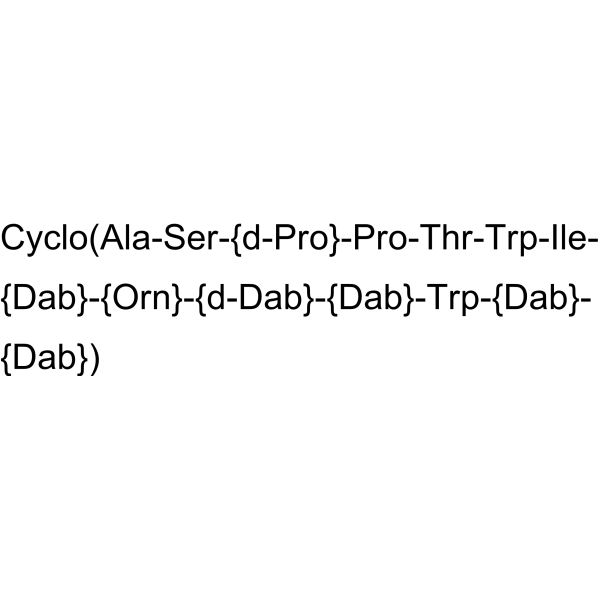

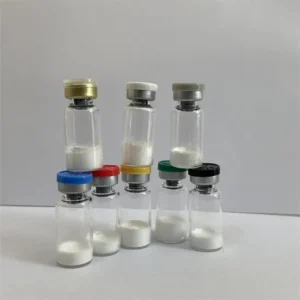


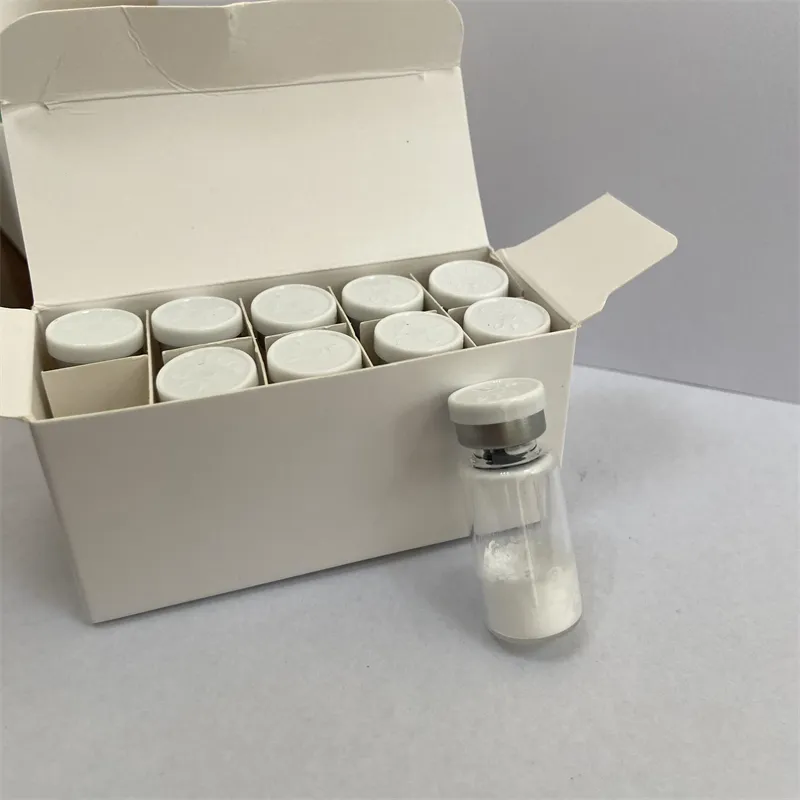
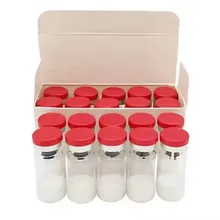
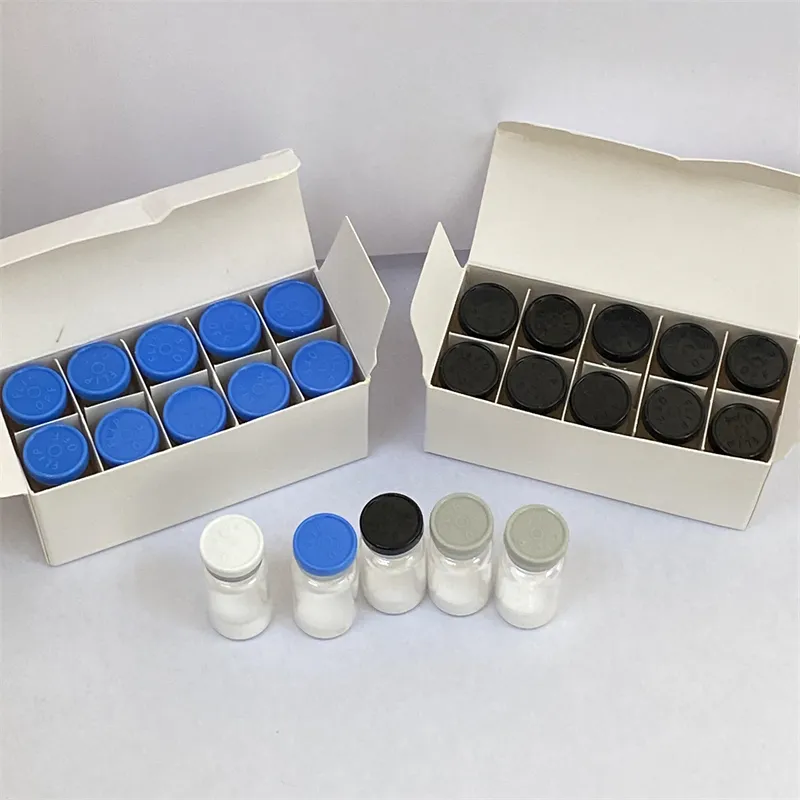
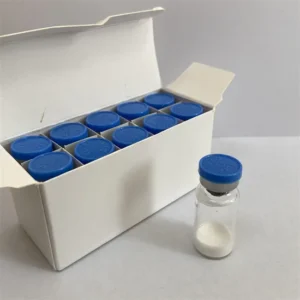
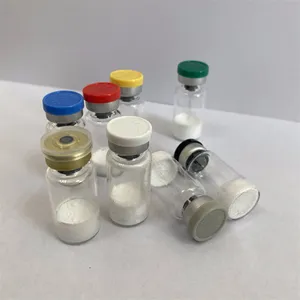
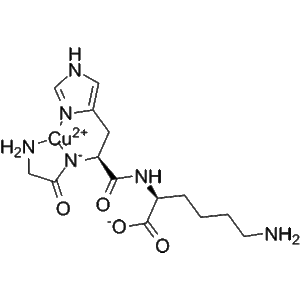
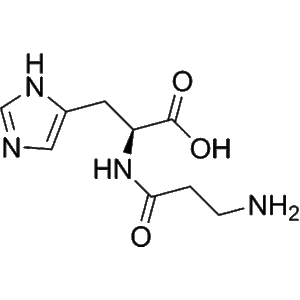
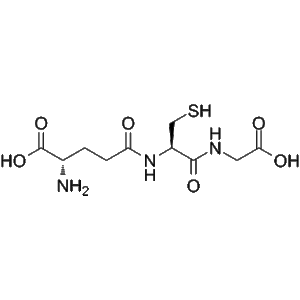
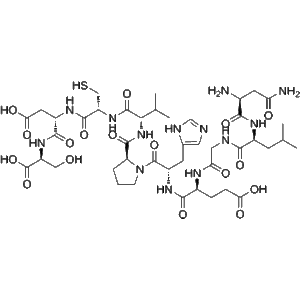
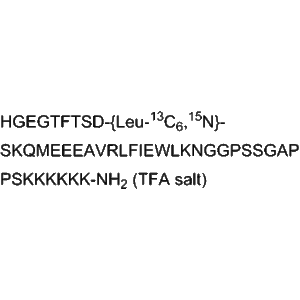
Reviews
There are no reviews yet.